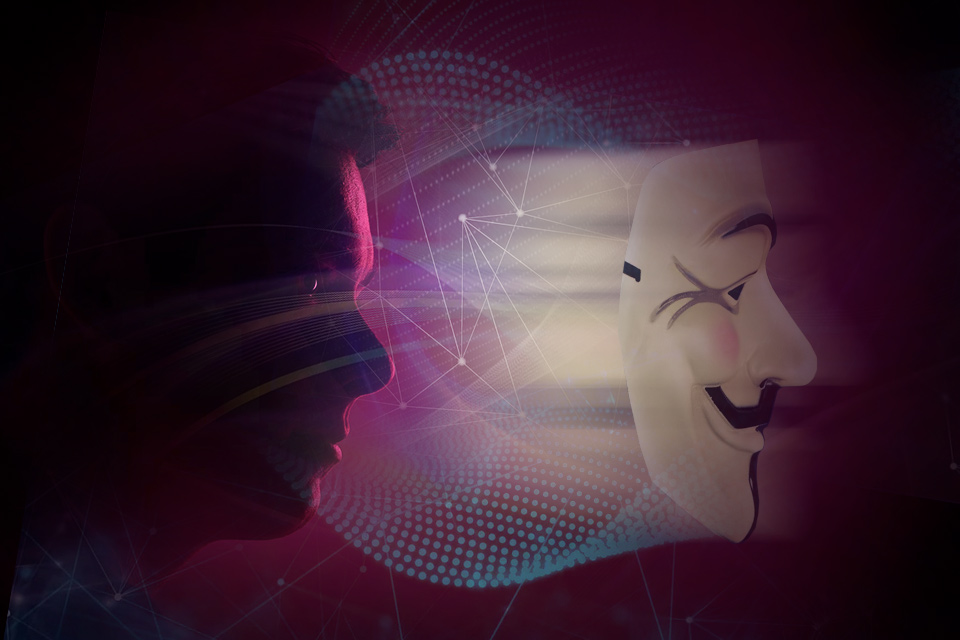Introduction
Experts approximate that social media is flooded with over half a million videos and voice deepfakes.
These images or videos create artificial, visual lookalikes to real people and edit them into puppeted scenes. They can even copy the person’s vocal patterns to emulate how they sound, further convincing targets of the video’s validity.
Just a few years ago, we mainly associated deepfakes with adult content replicating celebrities, but now anyone can be the subject or target of a deepfake attack.
Think you’re conferencing with your boss because you can see and hear them? Well…maybe you’re not!
How Deepfaking Works
Deepfakes are synthetic media created using artificial intelligence (AI) techniques to convincingly manipulate images or videos. Essentially, they replace one person’s likeness with another’s…or generate people who don’t even exist.
The goal is typically to spread false information or portray somebody in a damaging light. It’s used for propaganda, like showing a beloved politician doing or saying something vile; or for financial gain, like getting your bank details or selling your personally identifiable information (PII) on the Dark Web.
While deepfake technology has potential for positive applications, such as special effects in movies, its misuse poses significant challenges. In practice, we typically hear a about deepfakes that are used for nefarious purposes.
A report by Pew Research Center found that 77% of Americans want to limit misleading deepfake content, but we often struggle to balance that with freedom of speech and data privacy. Meanwhile, deepfake fraud is increasing all over the globe.
How to Spot a Deepfake
One U.K. study found that only 21.6% of participants could correctly identify a deepfake. Though we’re developing laws against deepfaking the world over, we must learn how to spot false images so we can protect ourselves from spreading misinformation or harmful, false content!
If you’re suspicious of a video, pay attention to inconsistencies in facial expressions, lighting, and audio quality. Are there glitches and pixelation around the outline of the person? Does their mouth moving align with what they’re saying? Always verify the source of videos or images before sharing or believing them.
Some other tells that indicate a deepfake include…
- inconsistencies in facial features like eyes, ears, and mouth.
- unusual lighting or shadows.
- blurry edges or artifacts around the face might indicate manipulation.
- unnatural blinking patterns or lack of blinking.
- odd behavior, statements or content given the person’s known personality.
Preventing and Avoiding Deepfakes
Be cautious about sharing personal information online. Deepfakes often rely on publicly available data. It’s hard to fake your voice if there is no audio of you speaking online! The less personal details you post, the harder it is to masquerade in your name. You can adjust privacy settings on social media platforms to limit your profile’s exposure.
If you’re the one targeted for this scam, you can use tools like Reverse Image search to see if these visuals appear elsewhere in a different, original context. Be wary of unverified sources and consider the overall credibility of any information you read outside of verified news sites.
While still under development, some tools are emerging to help identify deepfakes. Some advanced video analysis software can detect inconsistencies and anomalies that suggest a deepfake, which can prompt you to take a closer look.
Ultimately, you should rely on reputable news outlets and official channels for information, and be skeptical of any sensational or unverified content.
Conclusion
While these methods can help you identify potential deepfakes, they are not foolproof. As deepfake technology advances, it becomes increasingly difficult to detect them with the naked eye. The good news, however, is that we’re simultaneously developing new regulations to protect against malicious deepfakes, and building the technology to tell the difference between a real video and a fake one.
As technology keeps evolving in the battle of good versus evil, maintaining an informed and critical mindset is still the greatest asset in the fight against deepfakes. If a video or audio message gives you a suspicious gut feeling, it is always best to slow down and re-assess the validity of what you see; because it’s not always what you get!



